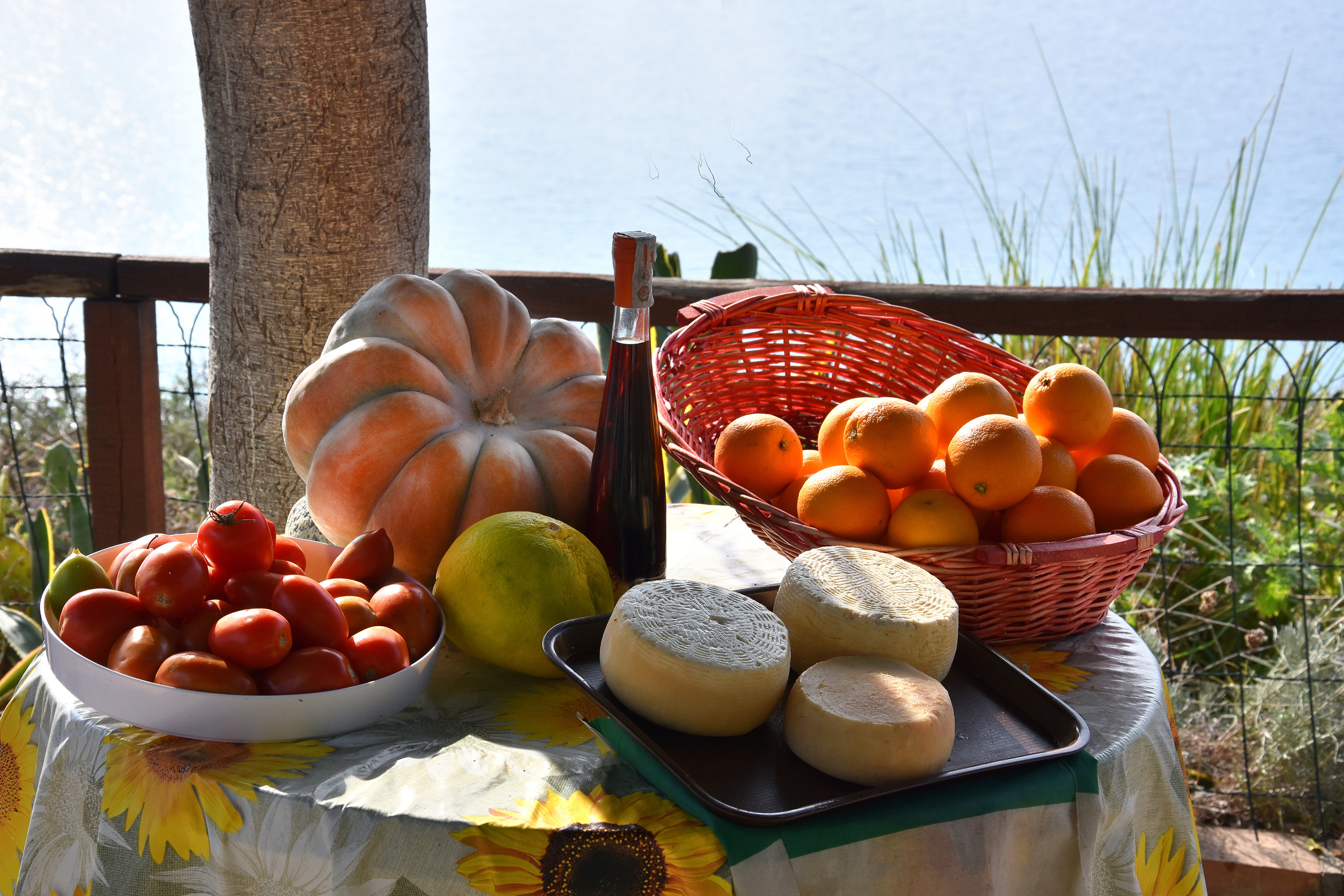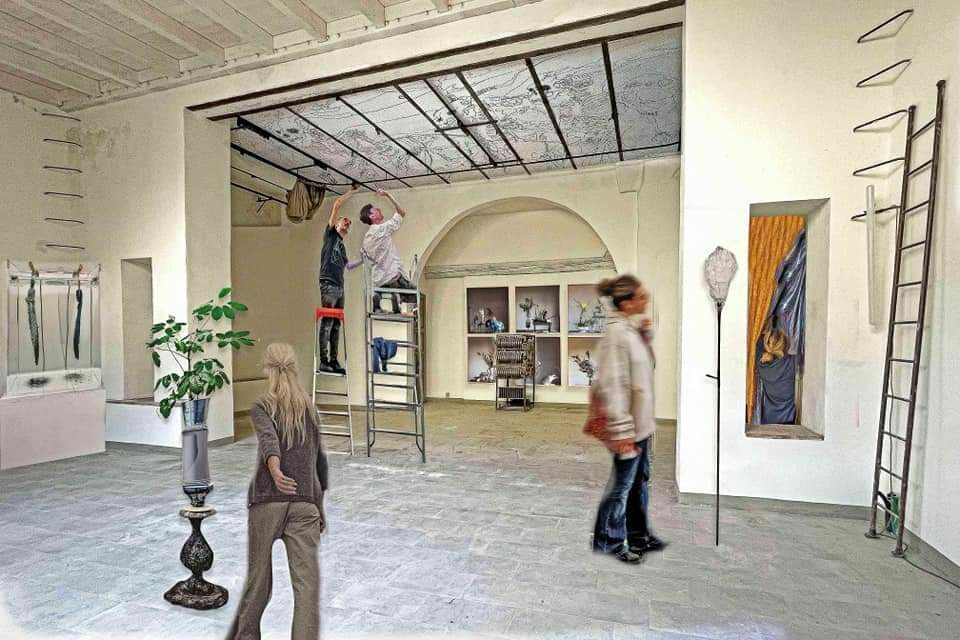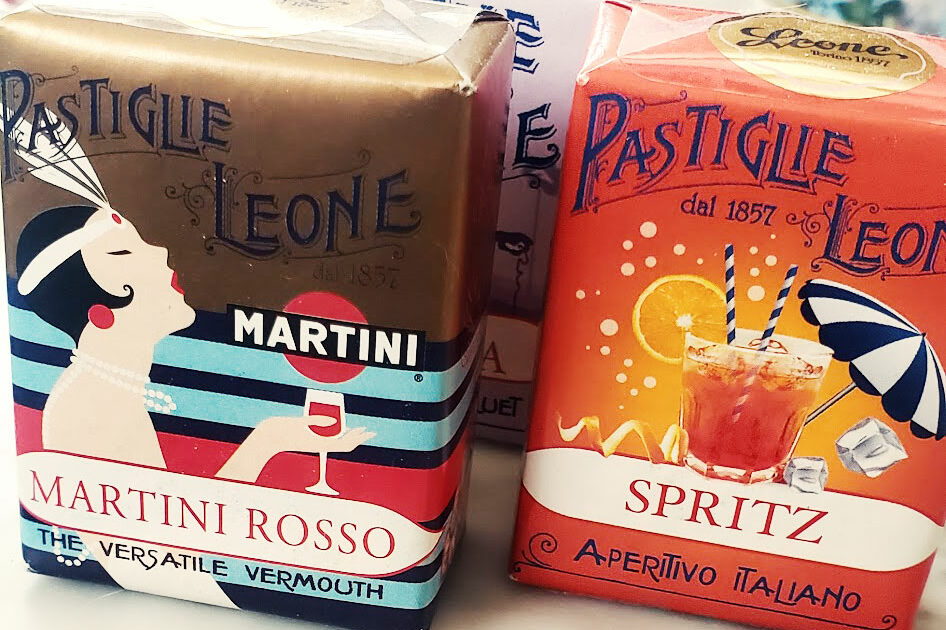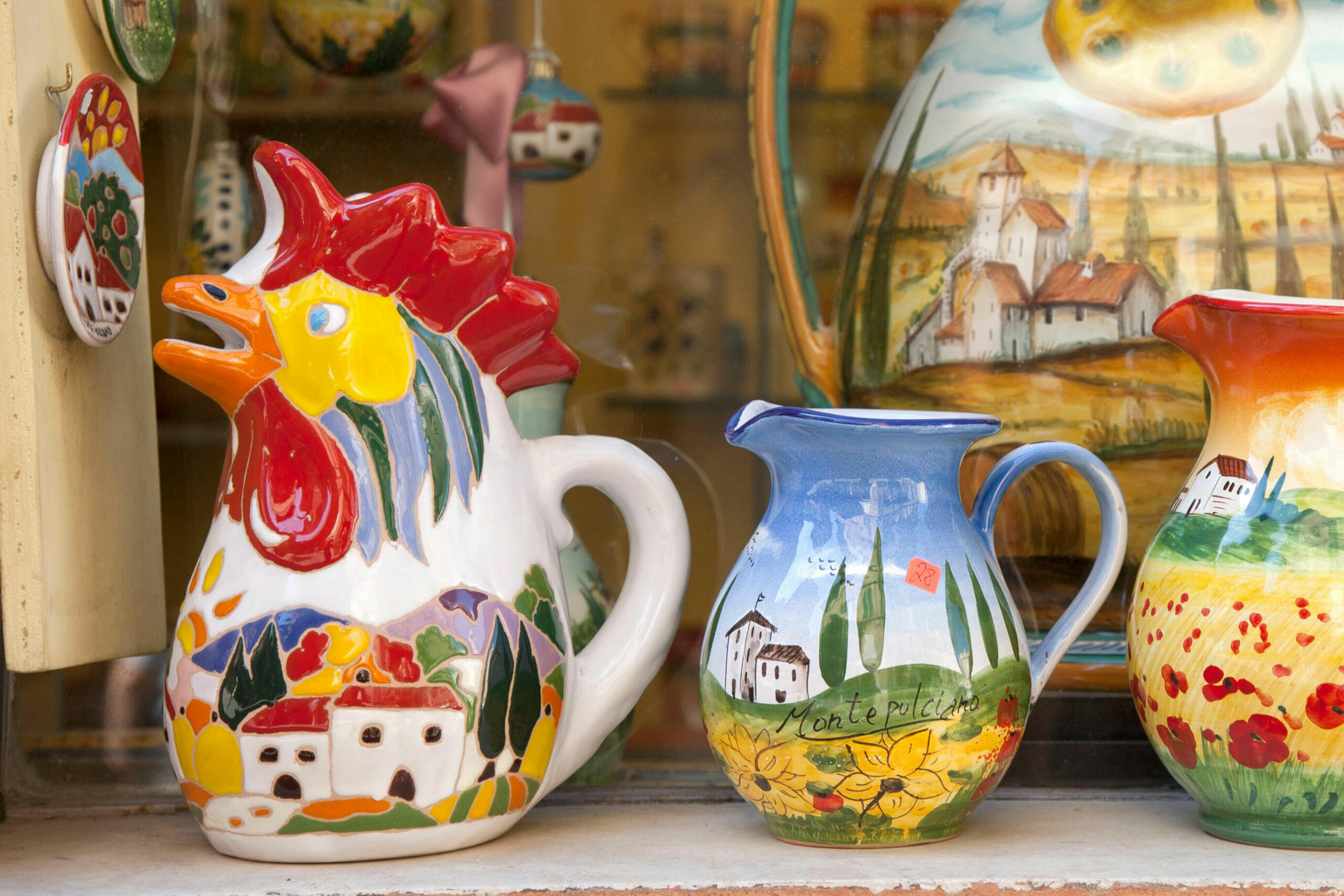Being an artist is as much a part of Angelina DeAntonis’ genetic coding as her Italian ancestry and the great-grandfather she was named for. In speaking about her youth, the fact that Angelina is a designer—including dying the fabric for her own multi-purpose pieces—is no surprise given her hands-on, grass-roots upbringing.
In some ways, the skills sets she was raised with are lost arts in and of themselves, what people used to simply think of as trade work, and are now making a come back thanks to the DIY crowd.
But for Angelina, there is nothing trendy about her work; creating rich, bold, geometric-driven textiles in the Itajime tradition (think Japanese-style tie-dye, using wooden blocks to “resist” the spreading of the dye and create fascinating shapes and color bleeds) is the result of intense study, travel and practice.
‘Study’ may be a relative term, however, because as Angelina clarifies, “I’m so physical, so hands-on, I didn’t get into the intellectual history of textiles.” Instead, she spent months in India, South America and Africa, eschewing the modern wonders of big cities to connect with indigenous peoples and the traditions of their fabrics and garments, both in design and styling. “For me it’s dignified: loose, flowing, beautiful.
Not to say that it’s about modesty, but there’s something dignified about wearing cloth. I like both the geometry and the textile coming together as a piece that can be worn many ways, so it’s also creative.”
Despite having never been to Japan, the primary inspiration for so much of her work, traveling there is paramount on Angelina’s list to broaden the depth of her artistry.
As she explains, “Isi Miyake (was one of) my earliest influences … The Japanese aesthetic of simplicity, exacting quality—I’ve always been drawn to that.” She credits her mother for this early exposure, a woman who harvested, spun and wove wool from the family’s own sheep, and followed modern designers in the clothing she made.
Angelina’s craft is catching, too. She has had some big-name clients over the years, and it would seem that her clothing is more of a commitment, a lifestyle choice, than a passing fancy. She made multiple outfits for Joan Baez’ 2003 world tour, and Lucia Eames had to coaxed out of several of Angelina’s tops (she wore a different variation for multiple photos) and into a nondescript blazer in a 2005 Metropolis magazine spread.
Eames was a fan of Angelina’s work and the pair kept in contact, making the recent passing of the modern-design giant all the more personal and poignant for Angelina. For the wider public, Angelina’s work is a regular on the museum circuit, with recent exhibitions at the San Jose Museum of Quilts and the sixth annual Wearable Art exhibit at the de Young museum just this past weekend, which she has been involved in since its inception.
Angelina founded the official name of her clothing business in 2005, Ocelot, which sells through its own website. As Angelina explains, “I named the company for the qualities of the cat itself—I’m a cat person. Ocelots are indigenous to the Americas. Playful. Endangered. And natural dying techniques are also kind of endangered—lot of parallels.” Her brand has recently expanded to interior design products such as wall panels, coasters, pillows, poufs, etc., and the Itajime process is now being applied to high-quality Irish and Belgian linens, a perfect complement to the luxurious silks and wool that make up Angelina’s skirts, scarves, wraps and more.
Being an Italian-American with a globe-trotting past, the evolution of Angelina’s life is interestingly bringing her closer and closer to Italy. With her work so centered in indigenous cultures and tribes, Western Europe has only recently started to pull at Angelina’s passport.
In reconnecting with her Italian roots, Angelina has recently started to learn to make wine from a friend, and her long-time partner Oliver is yearning to return to the country he lived in for six years. The pair is now hopeful to plan a year abroad in Italy, with their son Jacobi, who regularly asks, “When are you taking me to Italy!?”
The sabbatical will include exploring Abruzzo on the Adriatic, where the DeAntonis family hails from, and getting closer to the land, farming and gardening that were so integral to Angelina’s childhood.

































